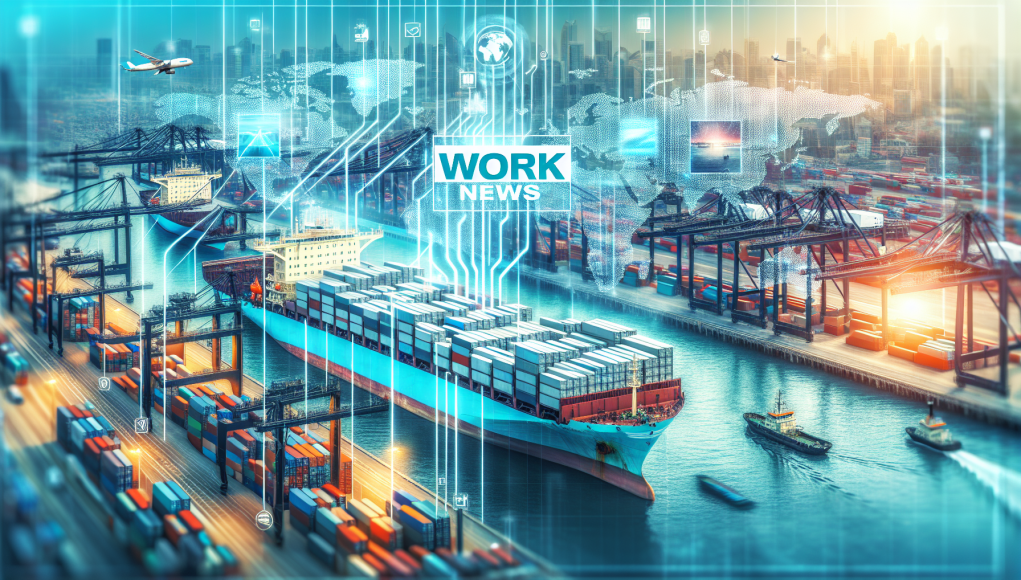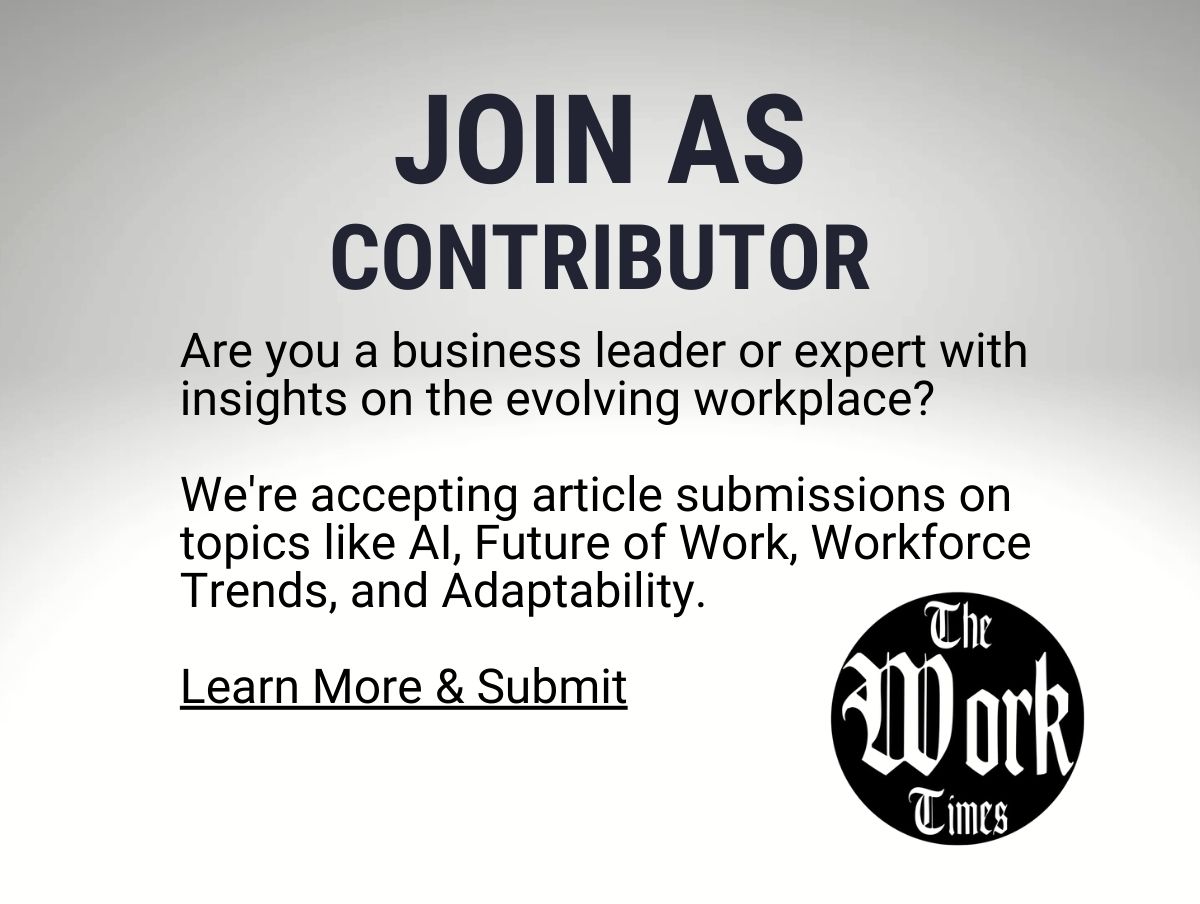Maersk’s Upgrade: What a $9–9.5B Forecast Reveals About Work, Trade and Resilience
When a global shipping giant lifts its full‑year operating profit forecast to $9–9.5 billion and its chief executive observes that global trade is proving more resilient than many expected, the moment is worth pausing over. This is not just a numbers story. It is a pause that reorients how we think about jobs, economies and the systems that move goods — and people’s livelihoods — around the planet.
From Balance Sheets to Break Rooms: Why the Forecast Matters
Profit forecasts are often read as signals for investors. But for people who work in ports, logistics hubs, on trucking yards, in customs offices and the warehouses that fill our online carts, those numbers are closer to real life. A raised outlook can mean steadier volumes, continued capital investment, and more work to keep global trade moving. It can also mean more resources to modernize operations so that those who keep the supply chain flowing can work safer and more efficiently.
Beyond the immediate implications for freight rates and shareholder returns, the forecast points to several broader dynamics: a rebound in demand, persistent consumer spending in certain sectors, and an operational landscape where flexibility and scale are paying off. For organizations and workers in the trade ecosystem, resilience translates into opportunity — and responsibility.
What Resilience Looks Like on the Ground
- Ports and terminals: Steady volumes encourage investments in cranes, digital cargo systems and berthing plans that reduce downtime. That can mean more roles for technicians, schedulers and maintenance teams.
- Trucking and drayage: When shipping volumes hold, demand for short‑haul drivers and coordinated dispatch rises. The sector has been under pressure for years; predictability can ease hiring cycles and reduce turnover.
- Warehousing and fulfillment: Faster throughput and varied inventory patterns reward facilities that are flexible and tech‑enabled. Workers with skills in automation oversight, inventory analytics and cross‑functional operations become more valuable.
- Intermodal and logistics services: As companies seek smoother end‑to‑end flows, integrated logistics operations expand, creating roles in planning, digital integration and customer operations.
Resilience is not evenly distributed. Some routes, commodities and markets rebound faster than others. But the aggregate signal — more goods moving, fewer abrupt shocks — gives employers and workers a runway to adjust, invest and upskill.
The Labor Equation: Jobs, Skills and the Future of Work in Trade
The trade and logistics sector is at a crossroads: volume stability meets a push for higher productivity. That creates a two‑pronged labor challenge. First, current roles need to be safer and more sustainable: lower physical strain, better scheduling and more predictable pay. Second, the next generation of roles will demand digital literacy, systems thinking and cross‑disciplinary coordination.
Automation and robotics are often framed as job‑displacing forces. The more productive framing for workers is that automation redefines work rather than simply replaces it. Routine, repetitive tasks migrate to machines, while humans pivot to supervision, maintenance, exception handling and continuous improvement. That shift raises the stakes for upskilling programs, apprenticeship models and training that connects workplace realities to new technical competencies.
Corporate Strategy: Why Companies Should Care About Workforce Resilience
Companies that move goods at scale aren’t just managing boxes; they are managing people systems. A more resilient trade environment invites organizations to think long term: invest in worker safety, build predictable career pathways, and create flexible scheduling that respects life outside work. Those investments lower turnover, reduce recruitment costs and improve operational reliability.
In practical terms, that can look like on‑site training centers, partnerships with community colleges and clear pathways from entry‑level roles to technical and supervisory positions. It can also mean investing in technology that augments human work rather than simply automating it away.
Policy, Planning and the Geography of Supply
The CEO’s observation about resilience also carries a policy subtext. Geopolitical frictions, trade diversification and the search for resilience have reshaped where and how companies source goods. Some organizations are rebalancing global supply chains, pairing nearshoring with diversified offshore suppliers. Others are doubling down on longstanding routes, propelled by consumer demand and logistical efficiency.
For communities that host ports, distribution centers or manufacturing hubs, these planning choices matter deeply. Consistent cargo flows justify infrastructure improvements, enable local hiring initiatives and create a business case for public‑private investments in training and transport connections.
Levers for Business Leaders and Workers Alike
Whether you lead a logistics operation, hire for a distribution center, or are building a career in trade, the present moment suggests several practical levers:
- Prioritize cross‑training: Teach workers a mix of manual, digital and safety skills so teams can flex with changing demands.
- Invest in human‑centered automation: Use technology to reduce risk and strain, not simply to cut headcount.
- Build predictable schedules: Volatility drives churn; predictability retains talent.
- Measure and share outcomes: Transparent metrics on safety, throughput and career progression build trust across the ecosystem.
- Engage communities: Workforce programs linked to local education systems create pathways and strengthen regional resilience.
Beyond the Balance Sheet: Culture and Purpose
Profit upgrades are important, but they can also be a moment to recommit to broader goals: cleaner transport, safer workplaces and meaningful career advancement. Businesses that tie growth to purpose — cleaner engines, lower emissions, healthier work environments — not only reflect modern values but also unlock operational advantages as customers and employees increasingly weigh non‑financial performance.
When trade proves resilient, it is a reminder of human ingenuity: networks of people, systems and organizations pivoting together to move goods under new constraints. That resilience is as much cultural as it is technical.
What Comes Next?
There will be cycles ahead. Demand will ebb for certain goods, new bottlenecks will appear and geopolitical surprises will test systems anew. But the raised outlook from a shipping titan is a timely nudge: build capacity where it matters, invest in people before you need them, and treat resilience as an ongoing practice rather than a one‑time contingency plan.
For the Work community — the managers, the frontline teams, the schedulers and the job seekers — the takeaway is practical and energizing. A stronger trade backdrop creates room to rethink work: to make it safer, smarter and more sustainable. In the years ahead, the true measure of resilience will be how industries transform good fortune into shared progress for the people who keep commerce moving.
This is a moment to pay attention not only to the shipping lanes but to the people who work them. The raised forecast is a signal. How we respond will shape careers, communities and the next chapter of global trade.




























